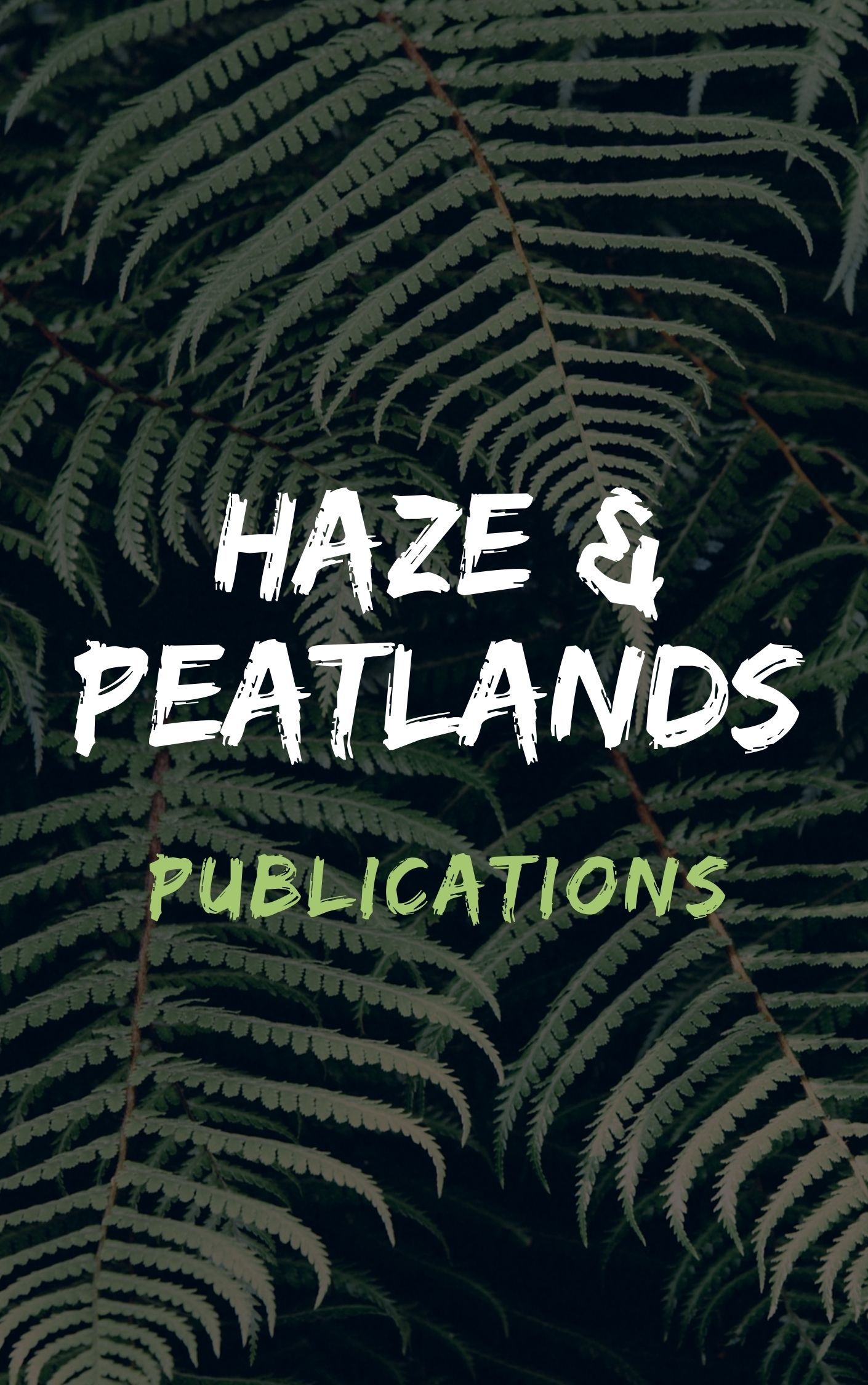
Share this
Conversion for agricultural use and poor management of water resources are the main causes of wetland degradation across Asia, creating heavy conflicts between agriculture, and wetlands for water resources. The construction of 68 dams and expansion of agricultural land in the Tarim River catchment area, in western China have dramatically altered the flow regime within the basin; only 25% of the water entering the mainstream reaches the lower basin and the 62% decline in Euphrates Poplar woodlands in the middle to lower basin has caused severe desertification. In Indonesia, approximately 2.5 million ha of peat swamp forest has been converted to oil palm estates and the 75,000 ha North Selangor peat swamp forest in Penninsular Malaysia has been severely degraded by burning, drainage and clearance related to agricultural activities. These activities pose a serious threat to the diverse fauna and flora of these ecosystems, as well as their hydrological values and functions. Although strong conflict still occurs between agriculture and wetlands across Asia, Asian countries are starting to recognise the importance of wetlands as a dependable water source for production, for the livelihoods of the local people, for flood mitigation and for soil erosion control. In the Tarim Basin a lack of integrated river basin management planning has had extreme negative impacts, but within two years of establishing basin level committees to developing water saving techniques and restore natural vegetation, a 100 km increase the mainstream water flow has been achieved and flow in some of the dry tributaries has been restored. © International Scientific Publications, New Delhi.

